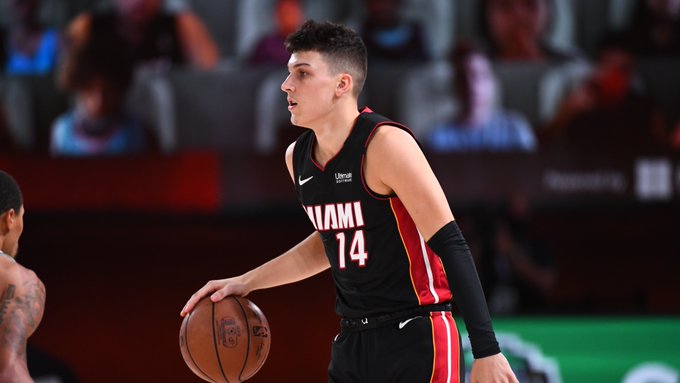NBA All-Star 2023 was by many accounts an epic failure. It was the lowest-rated and least-watched game in recorded history, according to Sports Media Watch. Fans lament the lack of defense being played in Sunday’s game, and the absence of stars in the marquee events. Former head coach turned-TNT analyst Stan Van Gundy says the league is not respecting its fans. Is he right?
“The most important people in any pro sports league are the fans — those who come to the arenas, those who watch on TV, those who buy NBA gear etc.,” Van Gundy tweeted. “Without fans no one makes any money. With every action everyone in the league needs to show respect for the fans.”
Is The NBA Disrespecting Its Fans?
Stan’s comments aren’t wrong on their face. But the All-Star game is a symptom of a much larger problem.
Yes, fans are important in any pro sports league. They are the paying customer. Without interest there would be no billion-dollar broadcast rights deals, no ticket sales, concessions, merchandise purchasing, etc.
But the decline in All-Star viewership isn’t some problem that if fixed will solve all the NBA’s ills.
This is a league that has seen an overall drop in its television viewership for the last decade-plus. Don’t be fooled by incremental 1 percent growth the NBA reports in certain years over the previous year. The fact is the audience that tuned into national NBA games in the 1990s was larger than the audience that tunes in today.
Entertainment And Consumption Has Changed
A big reason for that is entertainment options have increased and consumption habits have changed. Between streaming apps, social media, and the internet, the appetite to watch full games — particularly among the youth — isn’t there.
The 1998 NBA Finals between the Chicago Bulls and Utah Jazz did an 18.7 rating over six games. Last year’s Finals between the Boston Celtics (NBA royalty) and the Golden State Warriors (Stephen Curry) did a 12.4 over six games.
Yes, it was Michael Jordan in 1998. But Utah isn’t exactly a top media market.
If you listen to talking heads and various media members they will tell you it’s because of load management, player movement, and other nebulous reasons why ratings are down. All of those factors may cause small dips in ratings, but not the consistent decline we’ve seen.
If you think of the NBA and current television programming as one in the same you’ll start to understand the problem.
We are in the late stage of the golden era of television. You could even argue it’s the second golden era. Beginning in the late 1990s/early 2000s with shows like “The Sopranos,” “Oz,” and “The Wire” leading to today’s big-budget expansive IP universes like “Game of Thrones” and “Yellowstone.”
These are some of the best television series ever made, but their ratings pale in comparison to shows of yore like “Happy Days” and “M*A*S*H.”
The same is true of the NBA.

The league has never been better and deeper with more talent, yet the ratings pale in comparison to the “glory days.”
Sorry, old heads, it’s not because those shows were better. Almost nothing made 30, 40, and 50 years ago is better than the same thing made today. That’s not how advancement and evolution work.
The NBA as a current television product is still produced and delivered like it’s the 1980s and 1990s, and that is not going to work as we move forward.
As older fans begin to age out, who will they be replaced by? If young kids are not watching the product the way it is being delivered who’s watching?
Who Is Generation Z?
Generation Z, born roughly between 1997 and 2012, who are ages 11-26 right now have a very interesting relationship with sports.
According to Morning Consult, Gen Zers are half as likely as millennials to watch live sports regularly and twice as likely to never watch. Gen Z is still interested in sports, but the type of competition the cohort generally wants to watch has expanded to include content like House of Highlights’ 1-on-1 tournaments, or knockout-style basketball contests featuring top creators.
And only 15 percent of generation Alpha (2010-2024), the incoming cohort of teens, enjoys watching sports.
These numbers are in sharp decline from previous generations, including millennials, Gen X, and the late boomers.
These numbers matter to all sports leagues but specifically the NBA, which of the four major North American sports, has the youngest fanbase. Gen Z is a higher percentage of the NBA total fan base versus all adults.
The NBA’s combined social media followers more than doubles the NFL’s combined social follower count across Instagram, Twitter and TikTok.
Van Gundy is right, the NBA needs to show respect for the fans. But it’s not the cohort of fans he thinks.


